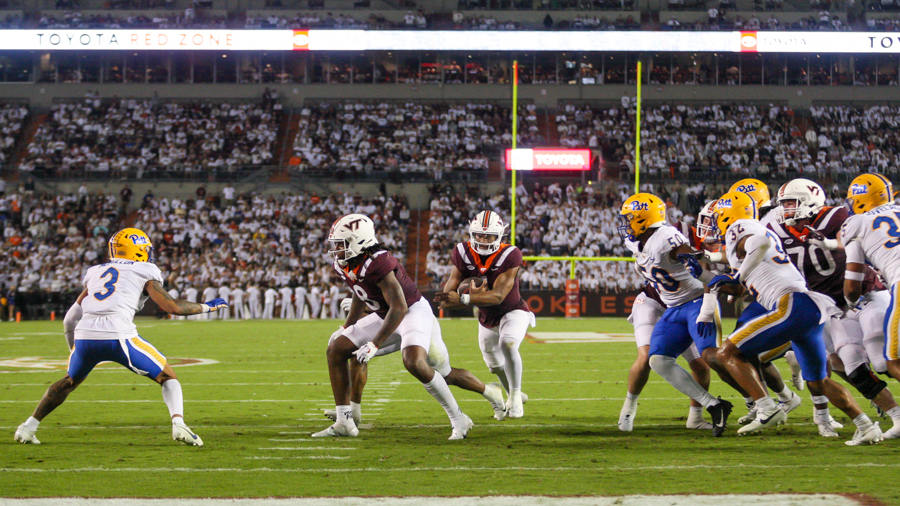You're never as good as everyone says when you win, and you're never as bad as they say when you lose.
Lou Holtz once uttered that line. Frank Beamer might have stolen and reworked it. In any case, it's a guiding philosophy for how I approach sports. Especially football.
When I started immersing myself into the world of advanced football stats a few years ago, the biggest change I noticed was my ability to maintain a grounded approach in how I react to games. And I've taken just that approach with Virginia Tech's rebuild.
It's been challenging. Most of the time I feel like the "Everything is Fine"/dog-in-a-house-fire meme, trying to stat-splain why things aren't as bad as they seem. But it's because of what I believe to be true about the nature of college football.
One of the things that makes analyzing college football stats challenging is how few data points there are. A basketball season has thousands of possessions. A baseball season has tens of thousands of pitches. Football, on the other hand, has maybe 150 possessions spread out across 12 games. Yet it is overlaid with a level of fan hyperintensity and media scrutiny that no other sport can come close to touching.
To continue reading Get Fully Dipped and Join The Key Players Club »
- Exclusive Content
- Interact in community forums
- Post and view comments
- Advanced site features
- No pesky display ads, only offers from TKP sponsors
- Members Only Forum

